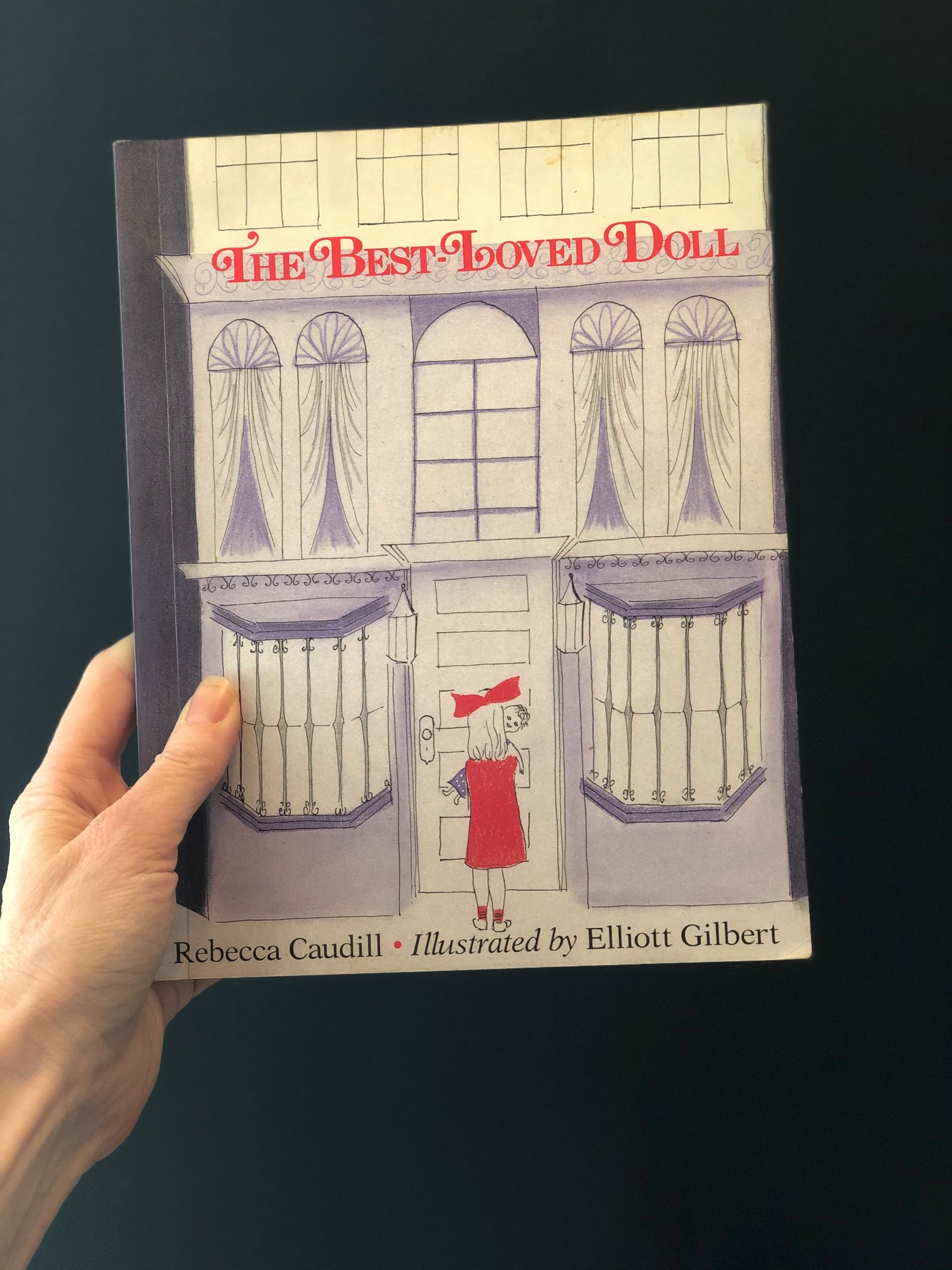
So often, I search for the right words to say, and as I often mention, I love examples of when someone knows just the right thing to say, the right way to respond.
I love children’s books and picture books, and sometimes I find examples of the right words to say in a book that I read decades ago.
For instance, I love the story told in the 1962 picture book The Best-Loved Doll (Amazon, Bookshop), by Rebecca Caudill.

In the story, the little girl Betsy gets an invitation to a friend’s party. The invitation explains that each guest should bring a doll, and “prizes will be given for the oldest doll, the best-dressed doll, the doll who can do the most things.”
Betsy debates about which of her four dolls to bring.
The wooden doll Melissa is Betsy’s oldest doll. Melissa is a hundred years old and belonged to Betsy’s great-great-grandmother.
Belinda is the best-dressed doll, with a trunkful of beautiful clothes.
Mary Jane is the doll who can do the most things. When Betsy turns a key in Mary Jane’s back, her feet work the treadle of a sewing machine, and her sewing machine sews real stitches.
The last doll is Jennifer. Jennifer is worn and bedraggled, her face is patched with adhesive tape, she has faded, rumpled clothes and tangled hair, but she has a beautiful smile, and she’s the doll that’s most precious.
In the end, Betsy brings Jennifer.
Betsy gets to the party, and all the guests play games, then they gather for the contest. On the table sit three packages wrapped up to serve as prizes, and Susan’s mother Mrs. Anderson awards them to three different dolls.
But after she’s given the third prize, she announces, “There will be one more prize.”
“Another prize?” says the birthday girl, Susan. “What for?”
“For something important,” says Mrs. Anderson. “Something I didn’t think of before.”
She leaves the room, then comes back with a round piece of gold paper the size of a silver dollar, with some words printed on it. “It’s a medal,” she explains.
She pins it to Jennifer’s faded dress.
“What does it say?” the children ask.
“It says THE BEST-LOVED DOLL,” Mrs. Anderson explains.
“Ah,” sighs the little girl Nancy. “Just like my Amy. I almost brought Amy to the party.”
And Betsy kisses Jennifer on the nose.
As a child, and as an adult, I love this act of wisdom. That Mrs. Anderson could see this shabby doll, and judge it with the most transcendent values, was something I found very moving, even when I was too young to read this book to myself, and I still find it moving now.
Mrs. Anderson knew the right words to use for the medal—not to deny or explain away the truth, but to frame the truth in a new way. She showed that the worn and shabby appearance of the doll was the evidence of love.
This is a true story, by the way; the editor’s note at the end explains, “Rebecca Caudill tells a story exactly as it happened. A keen observer of details, she watched as her daughter took her shabby but much-loved doll to a party and a sensitive mother awarded her a medal.”
